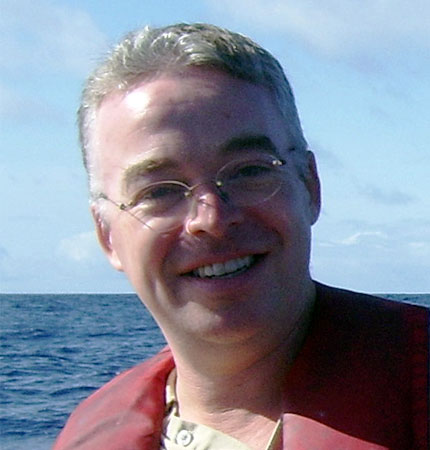Integrated Assessment of Atlantic Marine Ecosystems in Space and Time
In the oceans, changes are apparent in seawater circulation patterns, temperature, acidity and oxygen levels – all of which have consequences for marine ecosystems. Over the next century, the magnitude and rates of environmental change in the deep and open Atlantic Ocean are expected to be faster and more severe in some areas than others, and may be further exacerbated by human activities. iAtlantic will determine the tipping points – the points of irreversible change – for deep and open ocean ecosystems: which drivers are most crucial in propelling ecosystems towards those tipping points, and what factors influence and support ecosystem resilience to environmental change.
iAtlantic spans the full scale of the Atlantic basin, from the tip of Argentina in the south to Iceland in the north, and from the east coasts of Canada and Brazil to the western margins of Europe and Africa. International collaboration between scientists throughout the Atlantic region is critical to the project’s success: sharing of expertise, equipment, infrastructure, data and personnel is at the forefront of iAtlantic’s approach.
iAtlantic objectives
1 Align and standardise ocean observing in the north and south Atlantic to enable short, medium and long-term assessments of ocean circulation
2 Map deep and open-ocean Atlantic ecosystems at local, regional and basin scales
3 Assess the stability, vulnerability and tipping points of these ecosystems in relation to a range of stressors
4 Build and enhance human and technological capacities for cost-effective cooperation and planning across the Atlantic
5 Work with industry, regulatory and governmental stakeholders to use this knowledge in support of a sustainable Blue Economy
Role of SAMS in iAtlantic
Within iAtlantic, SAMS leads on the development of south and north Atlantic observing systems towards a fuller description of physical, and crucially biogeochemical variability. Additionally, SAMS leads on the analysis of spatial and temporal modes of physical variability, with relevance to ecosystem resilience and tipping points, using historical observational databases and new model output. Therefore, SAMS is in strong collaboration with ecosystem function and health investigators of iAtlantic and quantifies statistical likelihoods of adverse ecosystem consequences to observed and predicted changes to the physical systems. SAMS shares its expertise in both observational arrays and analysis of modes of ocean variability to enhance capacity building between north and south Atlantic investigators.
This project has received funding from the European Union’s Horizon 2020 research and innovation programme under grant agreement No 818123 (iAtlantic). This output reflects only the author’s view and the European Union cannot be held responsible for any use that may be made of the information contained therein.





